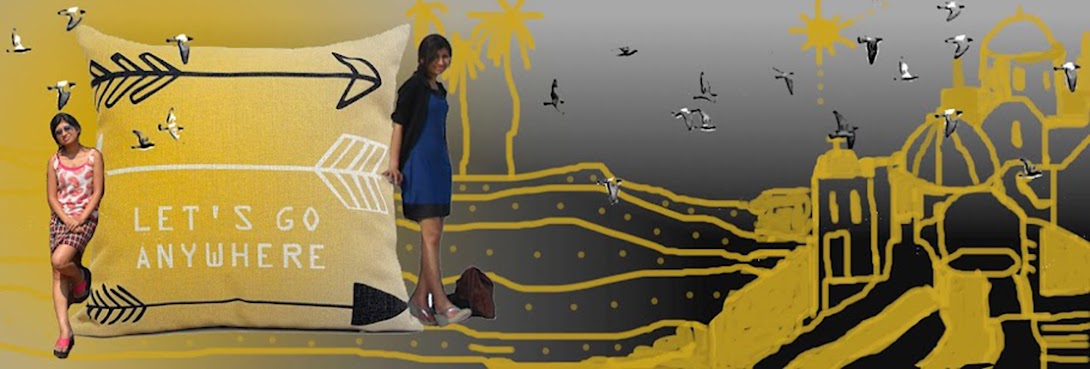 |
| Patiala Palace |
 |
The only Moorish (Moroccon style) mosque in India..the other Mosque of Moorish (Spanish style) is in Hyderabad. |
 |
| Entrance of Qila Mubarak |
The Main entrance: Take that extra turn and you will be introduced to the Majestic Royal Palace of the Patiala rulers...
This mud and the baked brick fort has been listed among the endangered monuments of India, by the WMF, and a couple years back its restoration works were initiated.
Delhi to Patiala is about 5 hour drive. The nearest airport to Patiala is Chandigarh airport. This small laid-back city finds its name in the global charts because of the famous Patiala Peg. Patiala is also famous for its handmade leather sandals (jutties), the Patiala salwar, the Patiala turban, the Patiala necklace, and the Patiala Maharajas, Bhupinder Singh being the most famous one. He led a lavish life and his opulent lifestyle makes the background for many stories.
 |
The Patiala Peg was supposedly Maharaja Bhupinder Singh's brainchild as per one of the many stories associated with the origin of this peg of whisky. The giant peg of 120 ml, 4 times the standard 30 ml is a symbol of the extravagant hospitality of the Patiala rulers. A measure of the Patiala Peg is the distance between the little finger and the index finger when kept parallel.
The Qila Mubarak was built as a Mud fortress by the founder of the Patiala Dynasty Baba Ala Singh. Later it was renovated and reconstructed in baked brick. It had been the main fort of the Patiala Rulers for over 100 years. This fort palace is a fine example of Sikh Courtyard Architecture. The various sections of the palace are flanked by courtyards but tied up by a huge terrace. An article on the fort.
 |
| The Kapurthala Mosque built by Maharaja Jagjit Singh of Kapurthala was inspired by the Kutubiyya Mosque in Marrakesh, Morocco and the Court of the lions of Alhambra in Grenada, Spain |
 |
| Multifoil Arches and Muqarna-inspired design |
 |
| Arcade with Tuscan style columns and horseshoe arches |
 |
| Horseshoe Arch |
The Kapurthala mosque is an absolute must visit particularly those who have interest in architecture, since it is one of the two Moorish influenced architectural gems in India. It is about 2 kms away from the main City and has an easy access.
We stayed at the Baradari Palace, A Nimrana heritage boutique hotel in Patiala and it took us about 3.5 hours (175kms) to reach the Mosque. It was definitely worth the journey. Kapurthala was one of the Princely States of India and was ruled by the Ahluwalia dynasty. The Maharajahs of Kapurthala were great art and architecture enthusiasts and many of the buildings here are evident of that. The Maharaja Jagatjit Singh Palace is Indo-French style, Elysee Palace is Indo-French style, and the Darbar Hall, Currently Kapurthala COurt is Indo-Saracenic Style.
Other places of interests near Kapurthala are Kanjli wetlands, and Shalimar Gardens.
What is Moorish Architecture?
As the name suggests, Moorish Architecture is architecture style that was developed by the Moors. The Moors, derived from Ancient Mauri, were the Islamic inhabitants of the Maghreb region (North Africa), The region flanking the Iberian Peninsular, Southern Spain, Southern Portugal, Morocco, Algeria, Tunisia, Libya, Sicily, Malta to name a few.
- Alhambra, Grenada Spain
- Great Mosque of Cordoba, Spain
- Hassan II Mosque, Casablanca, Morocco
- Great Mosque of Kairouan, Tunisia
Distinct Charateristics of Moorish Architecture:
- Use of Arches - Multifoil, Ogee, Horseshoe, Lancet
- Voussoirs
- Ribbed vaults usually non-radial
- Courtyards and Riad gardens
- Arabesque motifs
- Muqarnas and honeycombed designs
- Crenallated arches and parapets
- Pyramid roofs
- Ribbed Domes
- Zellij (arabic) and Azulejo (spanish) tile work
 | ||
Intricate geometrical arabesque motifs on ribbed dome. Also apparent in the pic are the crennalated multifoil arches
|






.jpg)





































